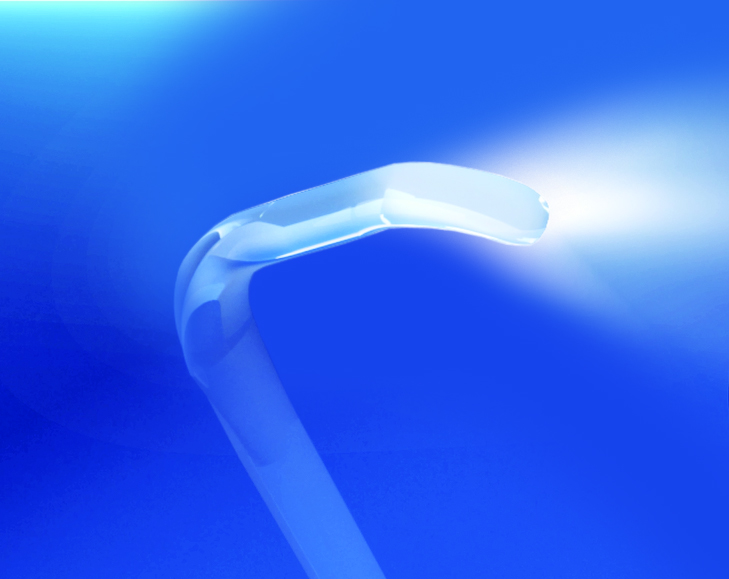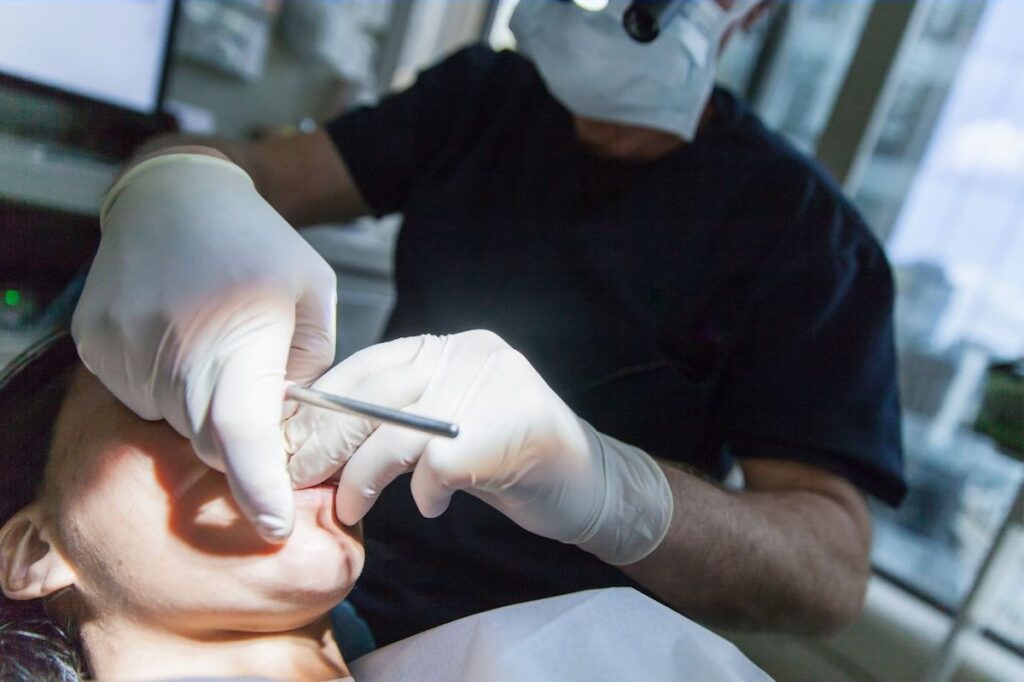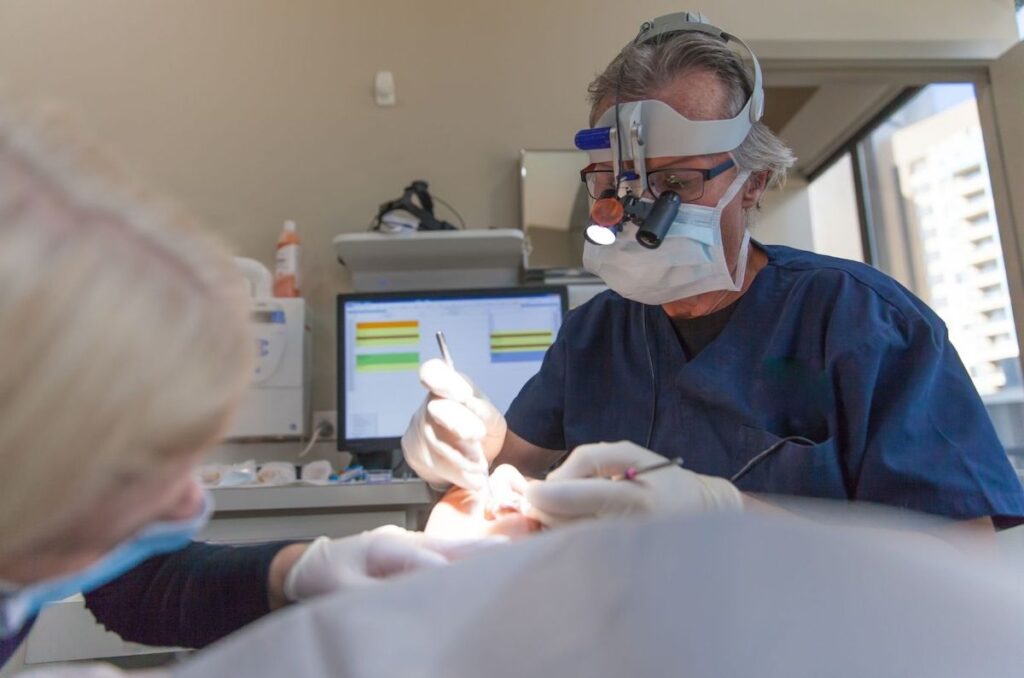Retractors used in oral surgery or dental surgery are primarily involved in moving tissue away from the surgical site to improve both visibility and access. They are also used to move buccal tissue away from the site.
Some retractors are used to retract the palate to provide access to the posterior portion of the oral cavity
And they can provide an unimpeded pathway for removing foreign bodies or teeth from the oral cavity.
Light is a common concern for oral surgery. This is true of any surgery, but the mouth itself is a limited area and light must be able to flexibly shine on the target area. Retractors play a big part in this. Here we’ll cover the main retractors used in oral and dental surgery, with some newer tech that really helps.
Austin retractor
The Austin retractor, Austin cheek retractor, or Austin tissue retractor is a right-angled retractor with a semilunar indentation at the working end, which either has a blunt blade or two prongs. It’s a simple, metal device.
This retractor is used to retract soft tissue flaps after incision away from the tooth. Modifications in the Austin retractor allow some versatility so that it can even be used in surgeries on the posterior oral cavity.
A disadvantage of the Austin retractor is its tendency to cause bleeding in friable tissues (those that team more easily) if excessive force is used. The sharp tip of the pronged variety of the Austin retractor is also prone to cause bleeding if mispositioned.
Since the Austin retractor is used to enable the sight of deep tissues, one limitation is the need to constantly adjust its angle to accommodate the light source. Only can it give allow adequate light and visualization. This deficit can be overcome by using a retractor that has its own light source at the tip of the working end.
A self-contained light source ensures adequate visualization without the need for excessive manipulation of soft tissue to accommodate that source. Our lightweight koplight™ retractor, made of a plastic polymer and with a battery-powered LED light source offers a potential solution here. The detachable blades come in various shapes and sizes to accommodate the surgeon’s or dentist’s needs.

Self-retaining retractors
As the name implies, self-retaining retractors keep themselves open, without the need for human force. For oral surgeries, this is a key feature as there is limited space and the assistant may be busy with suction, arranging instruments, etc. Oral surgeries are crowded, and a self-retaining retractor can help. It saves space and reduces fatigue.
Dingman retractor
A common self-retaining retractor used in oral surgeries is the modified Dingman mouth retractor. This retractor is used with cleft palate and other intraoral surgeries. It’s a self-retaining retractor with a set of parallel blunt blades facing laterally. The blades retract the buccal mucosa away from each other.
Some variations of the Dingman retractor are equipped with a light source and a fiber-optic camera for easier visualization. A disadvantage of this retractor is the lack of versatility – once the retractor has been put in place, it can’t be moved freely.
This retractor can’t be used to visualize deep structures and is not fit for use in surgeries involving the posterior oral cavity.
Palate retractors
A soft palate retractor has a butterfly-shaped tip with a central notch to prevent the uvula from slipping from side to side.
The purpose of the soft palate retractor is to pull the soft palate superiorly to expose the nasopharynx. This retractor is commonly used in tonsillectomy and adenoidectomy. The limitation of this retractor is the lack of versatility because it has a singular purpose; which is to retract the soft palate and hold the uvula in place.

Latrobe retractor
The Latrobe is one type of soft palate retractor. It’s shaped at a right angle with the blunt working end bent at an angle.
The angle at the working end is designed to hold the uvula in place at the right angle, and the blunt tip is designed to retract the soft palate superiorly. This allows access to the posterior portion of the oral cavity.
This retractor is used in adenoidectomy, tonsillectomy, and extracting tonsilloliths. A disadvantage of this retractor is the consistent traction that’s needed for it to be effective. A small number of case reports have also surfaced regarding damage to the soft tissues of the superior portion of the oral cavity during its use.
—
For oral surgeries, the koplight™ surgical light retractor is small and maneuverable. Contact us at Yasui for more details and uses of this made-in-Japan retractor.

